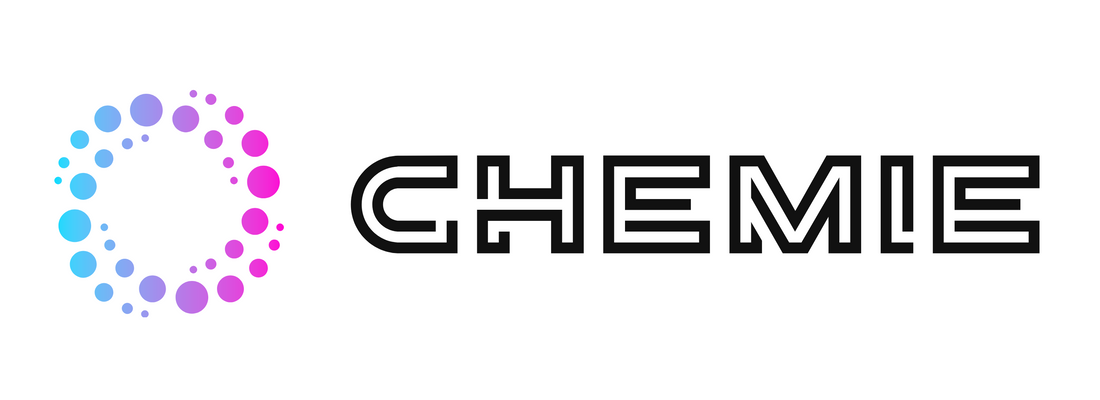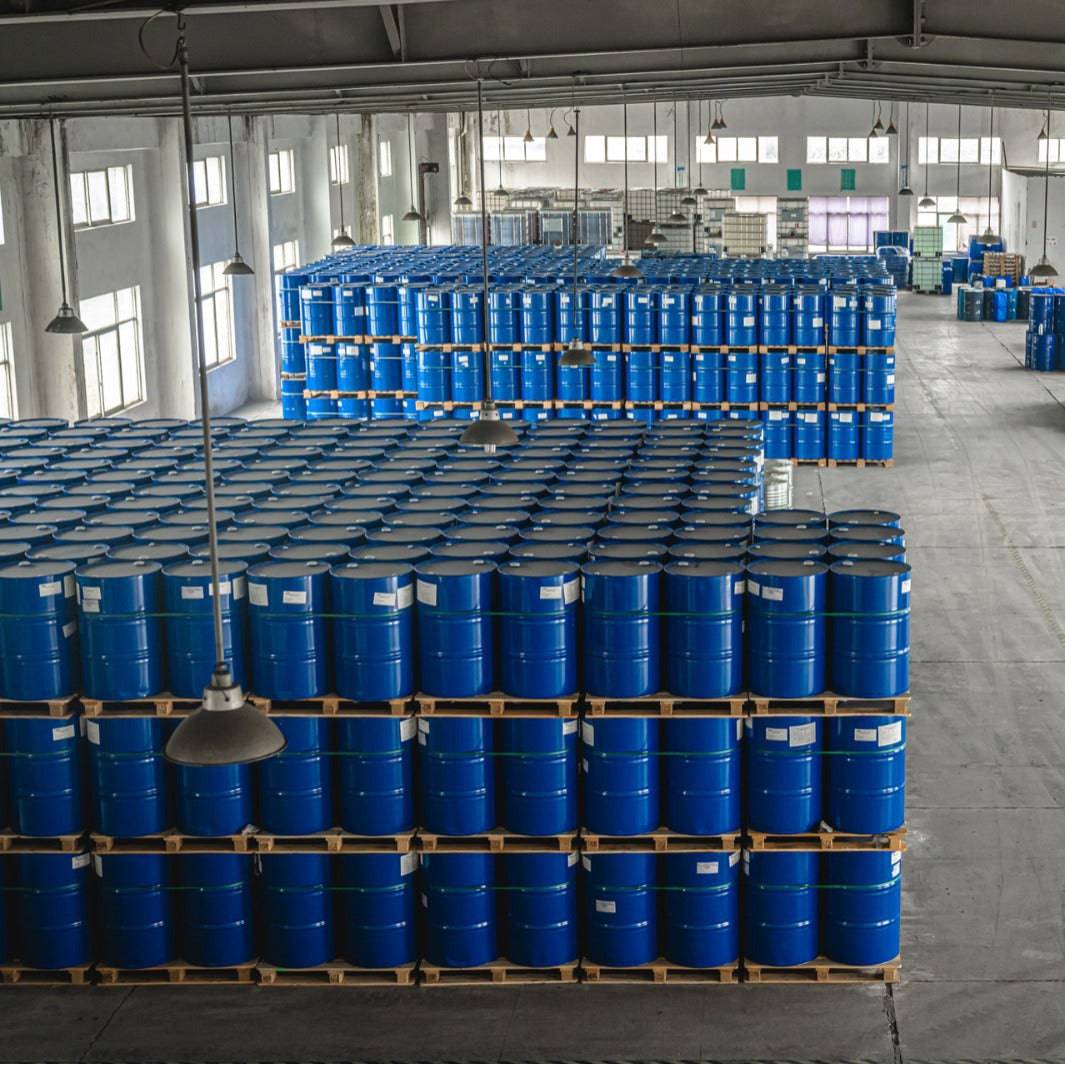Indicators on Chemie You Need To Know
Indicators on Chemie You Need To Know
Blog Article
The Definitive Guide for Chemie
Table of ContentsUnknown Facts About ChemieThe Chemie StatementsThe Basic Principles Of Chemie The Main Principles Of Chemie Some Known Incorrect Statements About Chemie Top Guidelines Of Chemie
(https://sitereport.netcraft.com/?url=https://chemie.co)Calculated adjustment in electric conductivity of liquid examples as a function of time when stirred with the resin example in the shut indirect cooling loop experiment. Number 6 reveals the change in the gauged electrical conductivity of the liquid examples when mixed with the material example. The conductivity of the water example from the closed loop experiment reduced by around 70% from 11.77 S/cm to 3.32 S/cm in six hours.These results indicated that the ability of the material depends upon the test liquid made use of for the experiment. This shows that various ions existing in the fluid will certainly result in various ion exchange capability of the fluid. For that reason, calculating the ion exchange material ability with the fluid example from the real cooling loop is vital.
The Buzz on Chemie
An ion exchange material cartridge having 20g of Dowex combined bed material may take on order 938 days to saturate - dielectric coolant. In other words, to keep a low electrical conductivity, a material cartridge with the dimension and weight requirements as that of the material cartridge used in the experiment, require to be altered every 30 months for the air conditioning system that was used in the experiment
The cooling of electronic components has actually become a significant challenge in recent times due to the improvements in the layout of faster and smaller parts. The use of a liquid coolant has become appealing due to the greater heat transfer coefficient accomplished as contrasted to air-cooling.
6 Simple Techniques For Chemie
A single phase air conditioning loop consists of a pump, a warm exchanger (chilly plate/mini- or micro-channels), and a heat sink (radiator with a follower or a liquid-to-liquid warmth exchanger with chilled water air conditioning). The warmth resource in the electronic devices system is affixed to the warmth exchanger.
The demands might vary relying on the kind of application. Following is a list of some basic needs: Excellent thermo-physical buildings (high thermal conductivity and specific warm; reduced viscosity; high latent warm of dissipation for two-phase application) Reduced cold point and ruptured factor (occasionally ruptured security at -40 C or lower is needed for delivery and/or storage space objectives) High atmospheric boiling point (or low vapor pressure at the operating temperature level) for single phase system; a slim desired boiling factor for a two-phase system Great chemical and thermal security for the life of the electronics system High flash factor and auto-ignition temperature level (occasionally non-combustibility is a demand) Non-corrosive to materials of building (metals in addition to polymers and various other non-metals) No or very little governing restraints (eco pleasant, safe, and perhaps eco-friendly) Cost-effective The most effective electronic devices coolant is an affordable and harmless liquid with outstanding thermo-physical properties and a long solution life.
The Ultimate Guide To Chemie
A lot of these fluids have a non-discernible smell and are harmless in case of contact with skin or intake. As stated previously, aliphatic PAO-based liquids have actually replaced the silicate-ester fluids in a selection of armed forces electronics (and avionics) cooling applications in the last decade. One more class of prominent coolant chemistry is dimethyl- and methyl phenyl-poly (siloxane) or frequently referred to as silicone oil.
Fluorinated substances such as perfluorocarbons (i.e., FC-72, FC-77) hydrofluoroethers (HFE) and perfluorocarbon ethers (PFE) have certain special homes and can be used in call with the electronic devices [4, 8] To start with, these liquids are non-combustible and non-toxic. Some fluorinated substances have no ozone depleting potential and other ecological properties.
Ethylene glycol is colorless and almost he said odor-free and is totally miscible with water. When properly prevented, it has a fairly low corrosivity. This coolant is identified as hazardous and must be taken care of and disposed of with treatment. The top quality of water utilized for the prep work of a glycol solution is very important for the system.
The 5-Minute Rule for Chemie

Besides absence of poisoning, it has no benefits over ethylene glycol, being higher in expense and more thick. This is a reduced cost antifreeze remedy, discovering use in refrigeration services and ground resource heatpump. Similar to glycols, this can be hindered to quit corrosion. This fluid can be utilized to -40 C due to its relatively high rate of warmth transfer in this temperature level variety.
It is considered more harmful than ethylene glycol and subsequently has actually discovered usage just for procedure applications situated outdoors. Methanol is a flammable liquid and, as such, presents a possible fire threat where it is stored, handled, or made use of.
The Basic Principles Of Chemie
As a combustible fluid, it needs specific precautions for handling and storage. Aqueous services of calcium chloride find large usage as circulating coolants in food plants. It is non-flammable, non-toxic and thermally more efficient than the glycol solutions. A 29% (by wt.) calcium chloride service has a freezing factor below -40 C.

Report this page